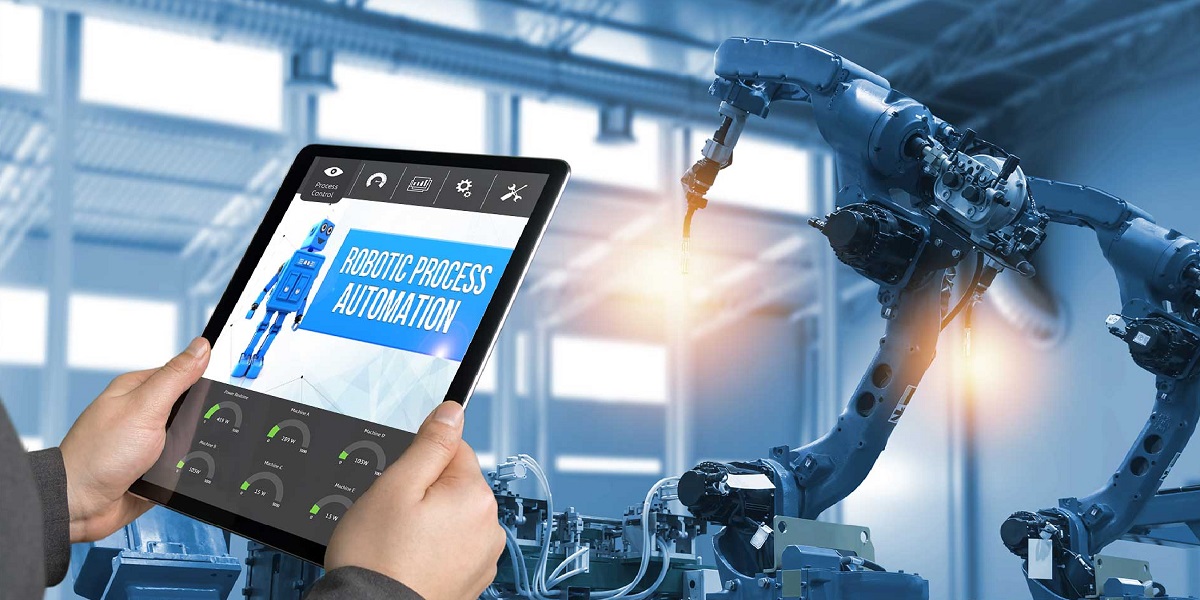
How To Keep The Power of Robotic Process Automation Under Control?
- By Prashant Pujara
- 14-09-2021
- Technology
World society has experienced rapid changes in the 21st century. Nobody would have thought that there will be such massive changes in the world. Ten years ago. As a result of technological advances, businesses are facing conflict and disruptions. Change brings new opportunities, too, as we're constantly learning.
Robotics will have an enormous impact on business in the future, just like machines in industrial factories did in the last century. By automating repetitive and labor-intensive tasks, one can create an exceptional digital workplace that can do everything just like a human being. And because of its massive growth in the past few years, the commonly asked question about RPA is how to keep it under control. If you are looking for an answer to this question, this article is for you. Here you will get to know how to keep your Robotic Process automation under control.
Before automating your process, optimize it
Automation always leads to making the enterprise produce more waste than what was already there before. Most of the companies who try to use RPA are seen to adopting it it quite quickly. But there is no time to analyze existing processes or identify opportunities for improvement. But with RPA, you can open up a great opportunity for organic growth, which you can gain using automating mechanical processes. But if you try to automate the RPA without acknowledging the already present waste, you call failure upon yourself.
Don't fall victim to RPA pitfalls
RPA scaling is said to be something that humans can never achieve without the best practice. To eliminate skepticism about new technology associated with it, you should focus on processes that can deliver immediate results at the beginning of the automation process. In addition to RPA scaling, hyper-automation can improve it. With its combination of RPA and Robotic Process Automation, hyper-automation is rapidly gaining popularity in the IT landscape. UiPath's Long-Running Workflow, for example, allows humans to control robotic actions while doing automated tasks, thereby preventing robot malfunctions.
Resource shortages are the biggest RPA challenge
RPA's first wave of process automation is not implemented well by many companies because they fail to build an RPA Center of Excellence (CoE) with adequate capabilities. The skills required for designing, deploying, and maintaining a robotics system remain constant, whether companies maintain their internal robotics team or work with third-party providers. The role of automation champions, solution architects, and change managers in Centers of Excellence is many others.
Keep Improving
It can be beneficial for your company if your organization has experience with RPA software. Automation is not possible after deploying RPA because it requires iterative development. Making progress in automating your workplace is essential, but you should also consider metrics, user feedback, and other factors in adjusting along the way. We already live in the age of digital transformation, so we have to adapt to it.
CONCLUSION
To achieve business goals, companies should implement RPA solutions. A performance-enhancing IT infrastructure and business processes will make RPA automation successful. As companies undergo digital transformation, robotic process automation is essential to ensure a healthy workplace is available. So, make sure you automate your RPA the right way.
Recent blog

Harnessing Social Media: Tactics For Powerful Marketing Success Achievement
Social Media | 25-07-2024
7 Hidden Secrets of MSI Laptop Boot Menu Key
Technology | 24-07-2024




